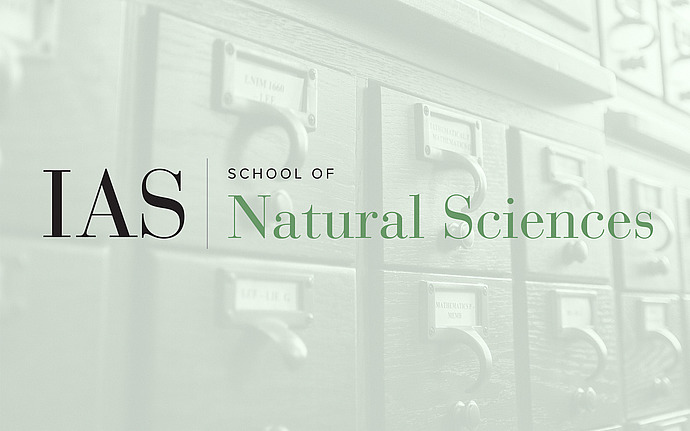
Institute for Advanced Study / Princeton University Joint Astrophysics Colloquium
Star Formation in Nearby Galaxies: New Insights from 100,000 Star Clusters and Associations
Star clusters are a key product of star formation. They trace the densest peaks of the star formation hierarchy, and as (effectively) single-age populations, they have great utility as “clocks” for timing various phases of the star formation cycle. There has been intense interest in characterizing their ensemble properties to gain insight into the physics of star formation, feedback, cluster disruption, survival, and evolution. I will present results from the largest census to-date of star clusters and compact associations from the PHANGS-HST Treasury Survey of 38 nearby spiral galaxies. Exploration of the observational properties of this large sample has revealed the potential of the UBVI color-color diagram as a new diagnostic reference tool for stellar, cluster, and galaxy evolution studies. I will also present initial results based on exquisite new imaging from the PHANGS-JWST Treasury Survey. The sensitivity and resolution of JWST’s infrared capabilities are finally allowing us to step beyond the Local Group, and observe dust embedded star formation on 10-100 parsec scales across environments characterized by physical conditions not found locally. Combined with PHANGS observations across the electromagnetic spectrum that capture all major stages of the star formation cycle, we can follow the progression of star formation – from molecular clouds to embedded and unembedded stellar populations – to provide new constraints on star formation efficiencies and timescales for theoretical models.
Date & Time
Location
Wolfensohn HallSpeakers
Affiliation
Event Series
Categories
Notes
10:30am Coffee and danishes provided in Bloomberg Hall.
11:00am Lecture, Wolfensohn Hall